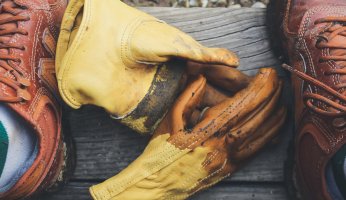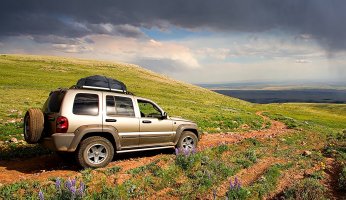How to Choose and Wear Hiking Gaiters?
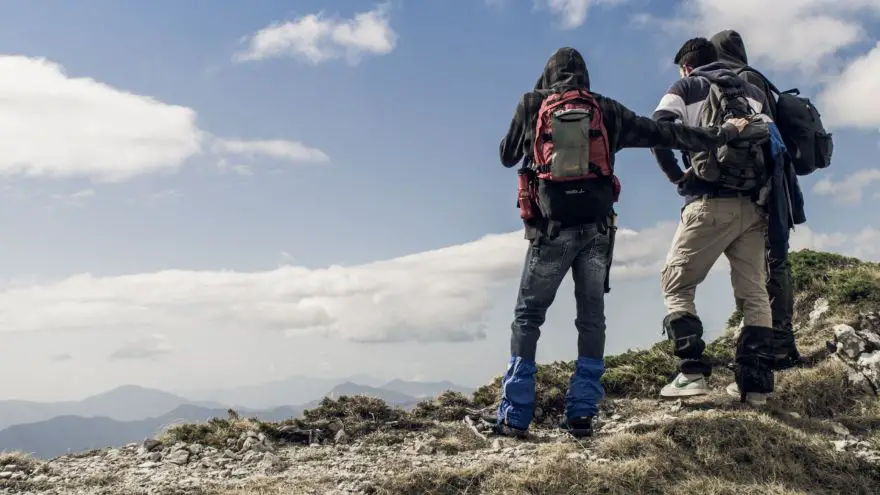 How to Choose and Wear Hiking Gaiters?
gearweare.net
How to Choose and Wear Hiking Gaiters?
gearweare.net
Nothing can compare to that sickening feeling you get when there is something in your shoes. It doesn’t matter where you are or what you are doing. You could be in your backyard or hiking in the white mountains. When there is something inside your shoes between your feet and the souls, it’s a crushing feeling. Luckily, there is a remedy to this exasperating feeling. Here in this blog were going to discuss the great invention known as gaiters. You must be wondering what are gaiters and ho to wear them. Well, we are going to tell you the ins and outs of how to choose and use hiking gaiters. If that sounds like something you would like to know about, then read on!
Like many things in life, there are always options. And like options, the styles can come and go. Here we’re going to talk about the different types of gaiters that people can choose from. We have some tips on picking and choosing, and Wheel discussions about some of the pros and cons of the different types of styles that you can use. Along with the styles, we will talk about what are gaiters used for, and what brands you can use on whatever adventures may come your way. Whether you are scrambling on a trail or trekking a mountain, we will find a use for you.
Table of Contents
What’s Your Length Style?
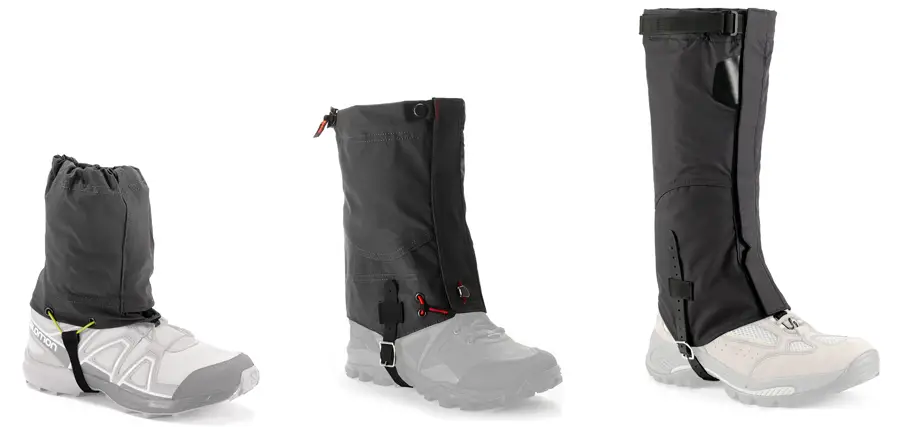
The first thing you want to decide is going to be your length style. From long to short, there are many to choose from. Fundamentally though, they all perform the same function as the other. The primary key here is that they keep stuff out of your shoes. But for every job, there is a tool made just for the occasion. In this case, we mean the variety of styles to choose from. Believe it or not, there is a difference depending on what you are doing. If you are on a mountaineering expedition, taking a long-distance hike, running a trail, there is a style made just for that.
Expeditioner
If you are more the expedition type, then these are for you! First, consider the full length. These styles will cover the majority of the lower half of your leg. This will help to ensure that snow or ice stays out of your winter hiking boots. You can also quickly secure your trekking pants from underneath them.
No matter how far or how high you climb, or no matter how deep the snow you may trek through gets, one thing’s for sure. Your feet are going to be dry and warm. With the sturdy materials that the Gaiters are made from their not only waterproof but they provide and an extra layer of insulation on critical points of the body to help keep you moving.
Avid Hiker
Our next selection is for the avid hiker. This is a style that much resembles the ones we just spoke about, but they are not the same. The ones we’re talking about are typically shorter than the ones made for extreme weather climbing. Resting from your ankles to your calves, they only cover the second half of your leg. Another thing to note when you choose hiking gaiters is that they are most often made out of a much thinner material and are much more “stiff” to the touch. On a positive note, they are usually less expensive as well.
The Type of Terrain
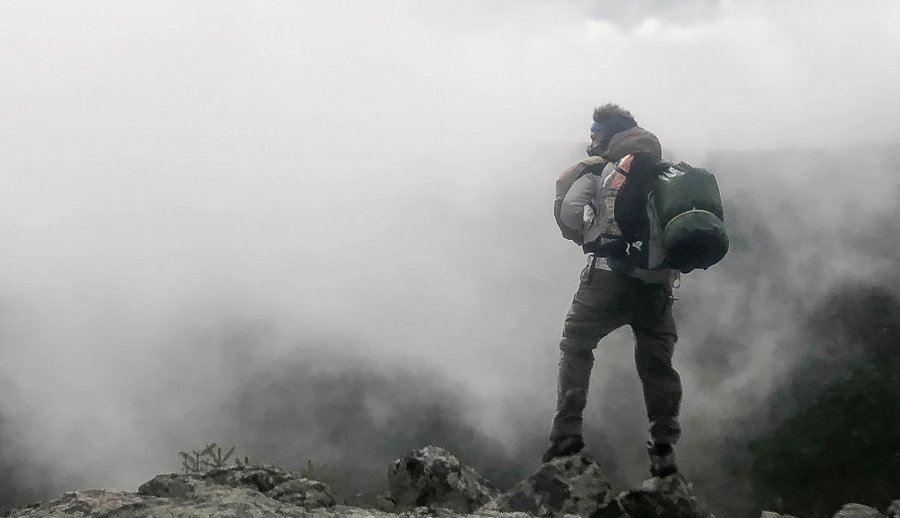
Something to consider when picking these is the types of terrain you will be encountering. If you plan to trek in anything deeper than your knees, then you may want to consider a different style. On the other hand, though, it is essential to differentiate between deciding to hike in a smaller model or a larger one because let’s face it, style matters!
Especially when it pertains to the amount of comfort you get out of your investment. Since some of the hiking gaiters reach past your ankles rather than those of the ones that reach past your knees, the quality of protection is dependent on the environment your trekking in. So, when the time to choose trekking gaiters, make sure you consider the environment.
Another style to differentiate from would be an even shorter version of the ones we just spoke about. Most recognized by the sharp, low cut they provide, they typically don’t reach past your ankles. These styles are usually a much lighter and more flexible material allowing more stretchability. While they aren’t entirely waterproof, they are slightly water-resistant.
The primary function of this style is to keep debris out of your shoes as you make your way down the trails. Specifically designed to attach to your hiking boots with straps and laces or hooks, they do what they are intended to do. There are even some shoe brands that create their footwear to be compatible with these types of Gaiters. If you have the money and the time, then maybe it’s something that you can invest some time into learning about.
What’s the Best Thing About Trekking Gaiters?
One of the last things we would like to touch on is the pros and cons of the Gaiters. We’ve listed below a few bullet points defining the pros and cons of the use.
Pros
- They offer an additional layer of comfort and protection from debris and external moisture, such as water and snow.
- They offer extra protection from harmful vegetation that may want to poke or prod you as you trek along.
- They dry out rather quickly, ensuring you keep and retain heat.
Cons
- While they are well insulated, they keep out just as much moisture as they keep in. While some styles may have been designed for ventilation, there is a good chance that you are going to end up with moisture build-up within your hiking shoes and lower legs.
- Nobody likes to strap on their shoes or boots. Let’s face it; it can be tasking. Unfortunately, these can be the same. Taking them off and putting them on can be a hassle. That is why it is important to know how to put on gaiters.
So there you have it. And if you didn’t know how to wear gaiters or what are gaiters for, know you do. Once you know what type of activities you are going to encounter, you can take it from there. Take into account your terrain and environmental conditions, which is going to narrow down your selection options quite a bit. Once you have done that, it is smooth sailing!
Did we forget to mention something you feel was important? Comment below so our community can all stay well informed on why wear gaiters when hiking.





